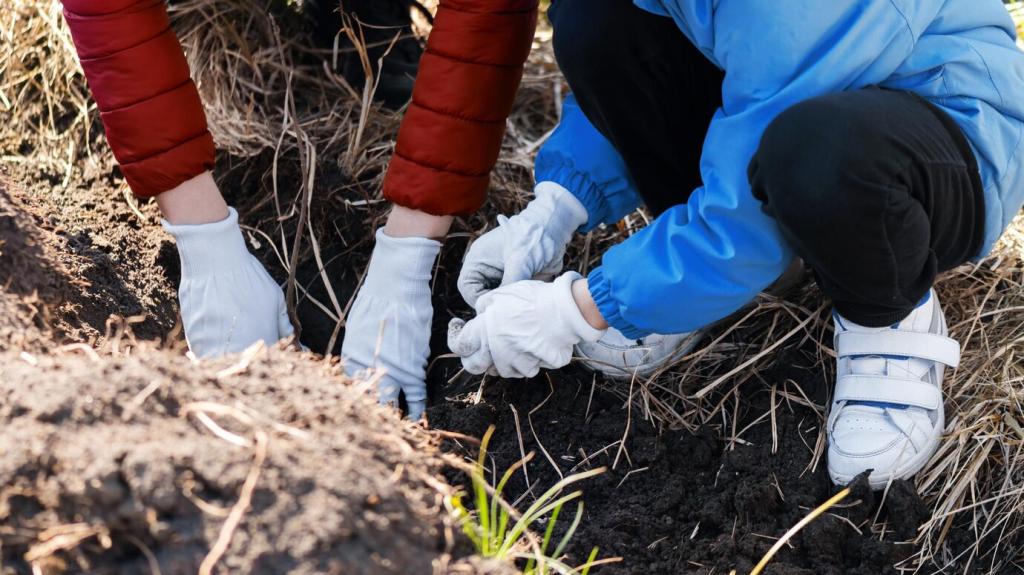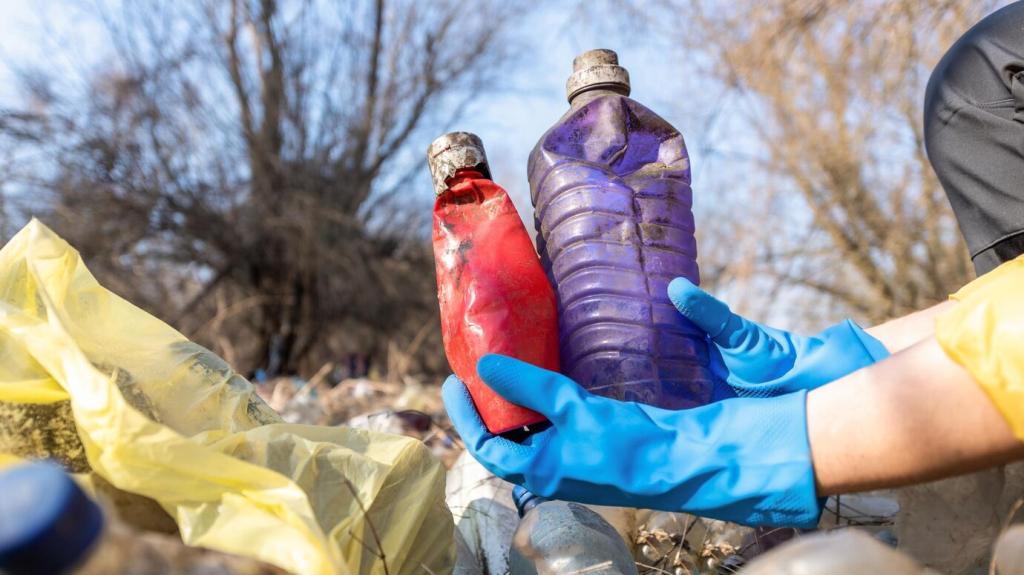Know the Finish Before You Touch a Cloth
Before using any product, perform only the gentlest, inconspicuous tests. Observe sheen, age, and feel rather than flooding with liquid. If needed, use a barely damp cotton swab to see whether the finish softens—then stop. When uncertain, pause, photograph, and ask the community for guidance.
Know the Finish Before You Touch a Cloth
Acidic or highly alkaline cleaners can etch or cloud finishes, especially shellac and old varnishes. Favor pH‑neutral, fragrance‑free surfactants diluted in distilled water. Neutral products lift soil without forcing chemical reactions that erode patina or loosen original wax layers.








